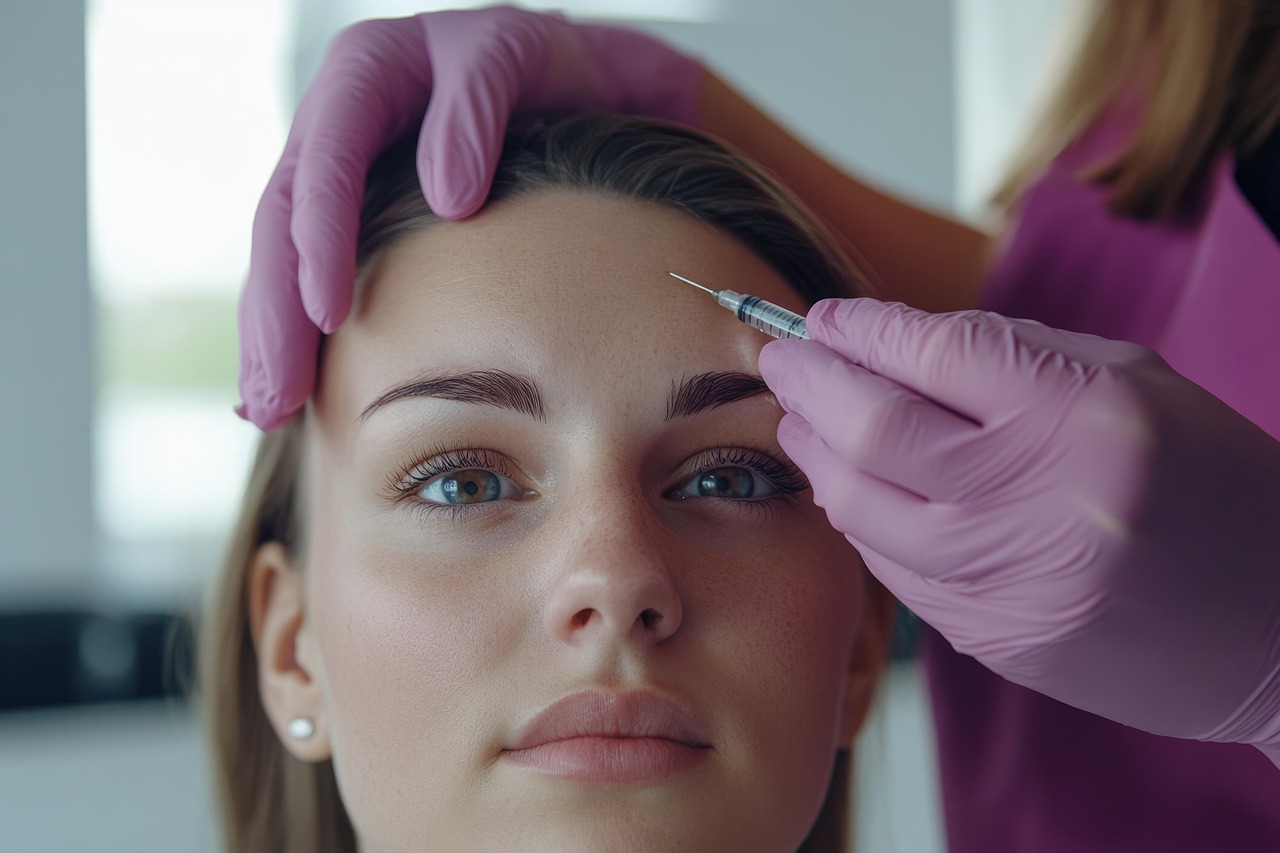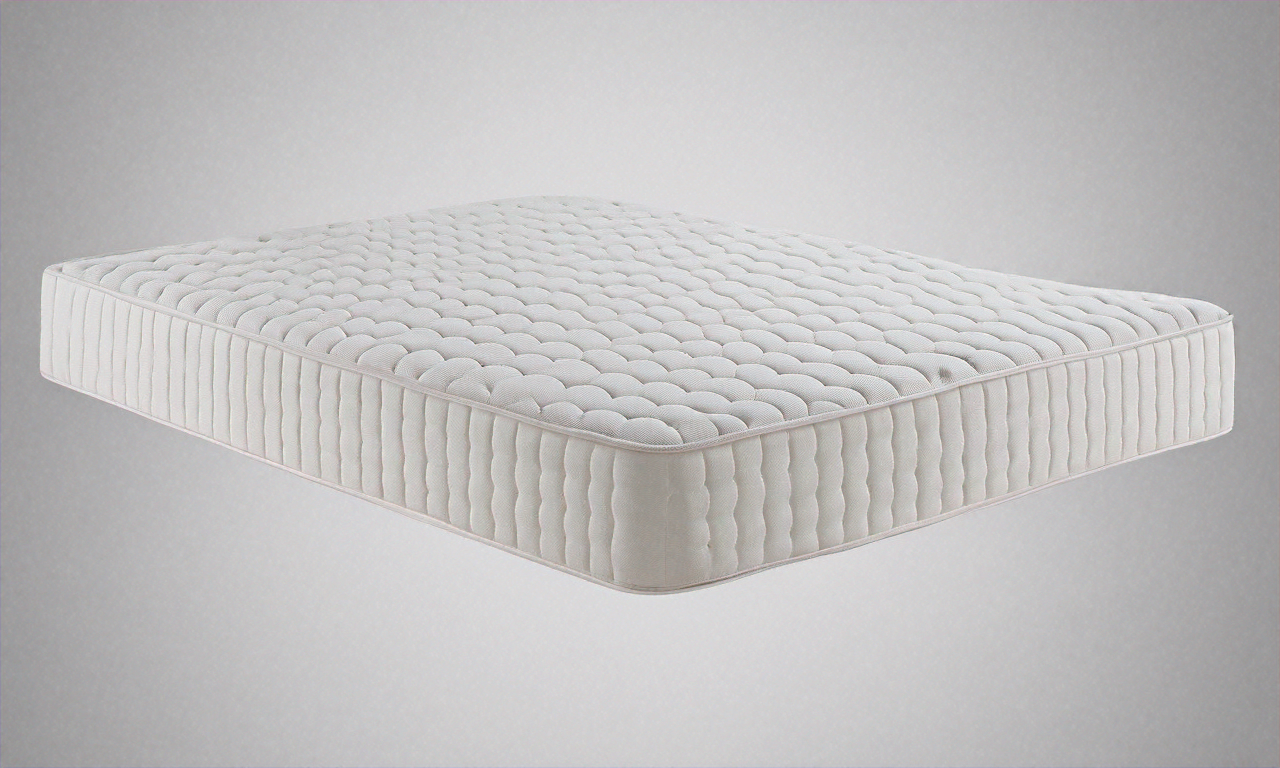The Ageless Appeal of Botox: A Deeper Look into Its History and Modern Usage
Botox, the brand name for botulinum toxin type A, is known worldwide as a cosmetic treatment for wrinkles and fine lines. However, the journey of Botox from a deadly bacterium to a sought-after beauty treatment is fascinating and filled with scientific marvels. It all began in the 19th century with the study of a disease called botulism, and today, Botox is a billion-dollar industry, transforming the landscape of aesthetic medicine.

The Unexpected Origins of Botox
The story of Botox begins in the 1820s when German physician Justinus Kerner first described botulinum toxin while studying fatal food poisoning cases. Initially feared as one of the deadliest substances known to science, this bacterial toxin would later become a groundbreaking therapeutic tool. The transformation from poison to medicine occurred gradually through the 20th century, with scientists discovering its potential to block nerve signals in controlled doses.
Botox Breakthrough: From Medical Marvel to Cosmetic Revolution
The first medical application of Botox came in the 1970s when Dr. Alan Scott used it to treat strabismus (crossed eyes). This breakthrough led to FDA approval in 1989 for treating various muscle disorders. The cosmetic potential of Botox was discovered accidentally in the 1990s when doctors noticed that patients receiving treatment for facial spasms experienced smoothing of their wrinkles. This observation led to its FDA approval for cosmetic use in 2002.
The Global Impact of Botox and Modern Trends
Today, Botox has become synonymous with aesthetic medicine, with millions of treatments performed annually worldwide. Beyond its famous wrinkle-reducing properties, it’s approved for treating numerous medical conditions, including chronic migraines, excessive sweating, and bladder disorders. The global Botox market continues to expand, with new applications being discovered regularly.
Modern Applications and Treatment Options
While facial rejuvenation remains the most popular use, medical professionals now employ Botox for various therapeutic purposes:
| Treatment Type | Primary Use | Average Duration |
|---|---|---|
| Cosmetic | Wrinkle reduction | 3-4 months |
| Medical | Migraine treatment | 10-12 weeks |
| Therapeutic | Muscle spasticity | 3-6 months |
| Hyperhidrosis | Excessive sweating | 4-14 months |
Prices, rates, or cost estimates mentioned in this article are based on the latest available information but may change over time. Independent research is advised before making financial decisions.
Cost Considerations and Treatment Planning
The cost of Botox treatment varies significantly based on location, provider expertise, and treatment area. In the United States, typical pricing ranges from:
| Treatment Area | Average Cost Range | Units Typically Required |
|---|---|---|
| Forehead Lines | $300-600 | 20-30 units |
| Crow’s Feet | $200-400 | 10-15 units per side |
| Glabellar Lines | $300-500 | 20-25 units |
Prices, rates, or cost estimates mentioned in this article are based on the latest available information but may change over time. Independent research is advised before making financial decisions.
As Botox continues to evolve, its applications expand beyond traditional cosmetic uses. Research suggests potential future applications in treating depression, anxiety, and other neurological conditions. This versatile treatment represents a remarkable journey from a deadly toxin to a therapeutic agent that has revolutionized both medical and aesthetic treatments, demonstrating the power of scientific innovation in transforming our understanding of natural substances.
This article is for informational purposes only and should not be considered medical advice. Please consult a qualified healthcare professional for personalized guidance and treatment.




